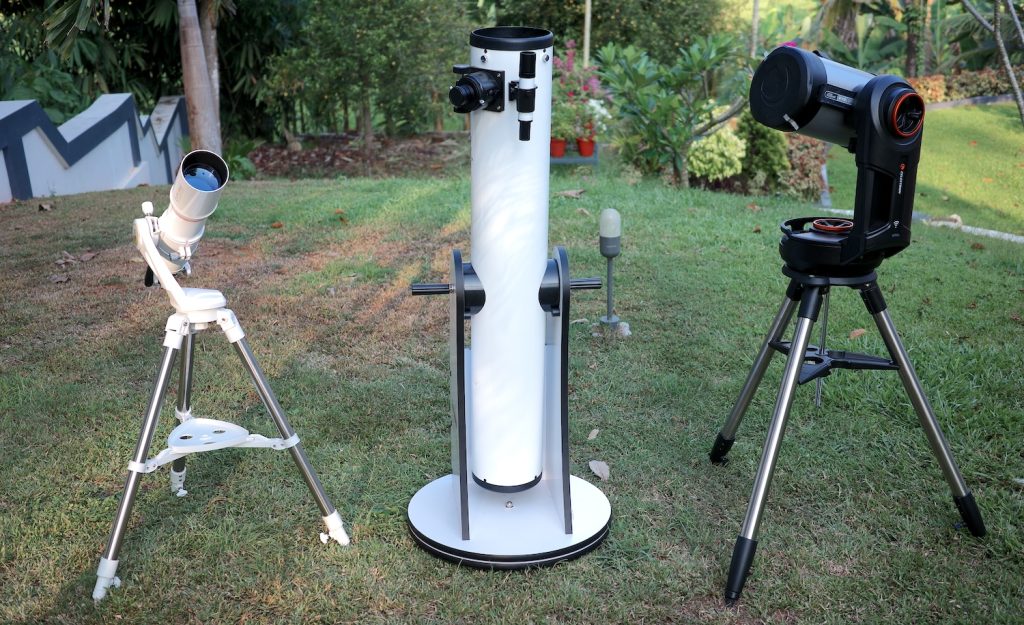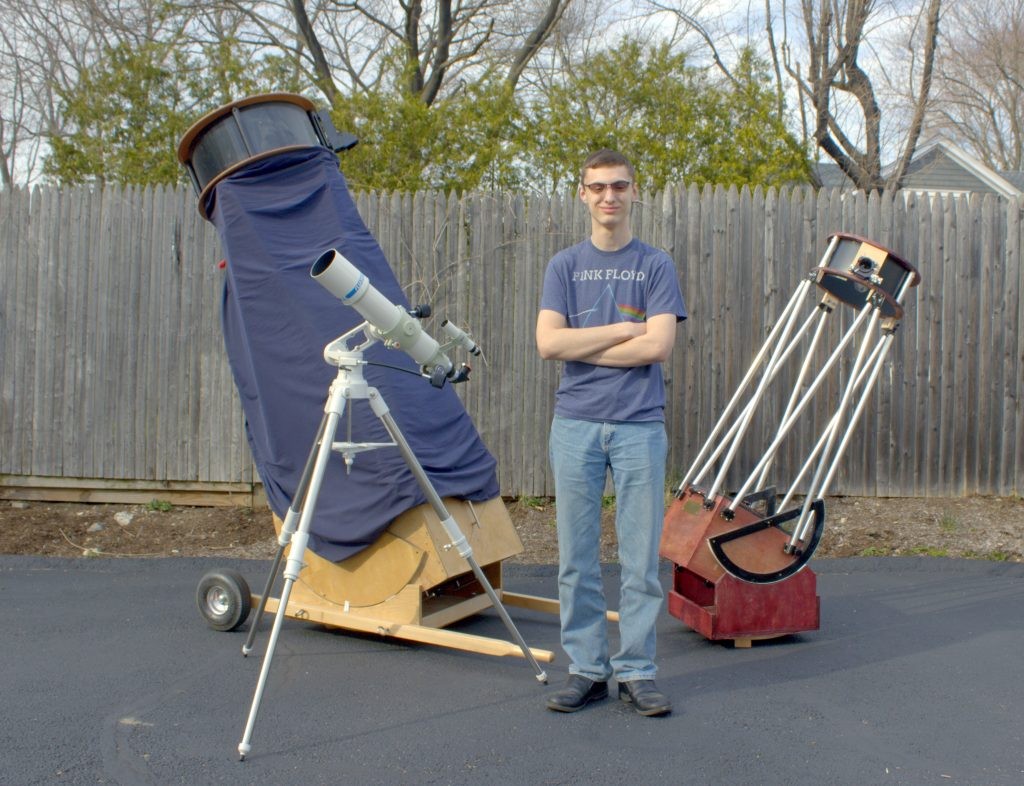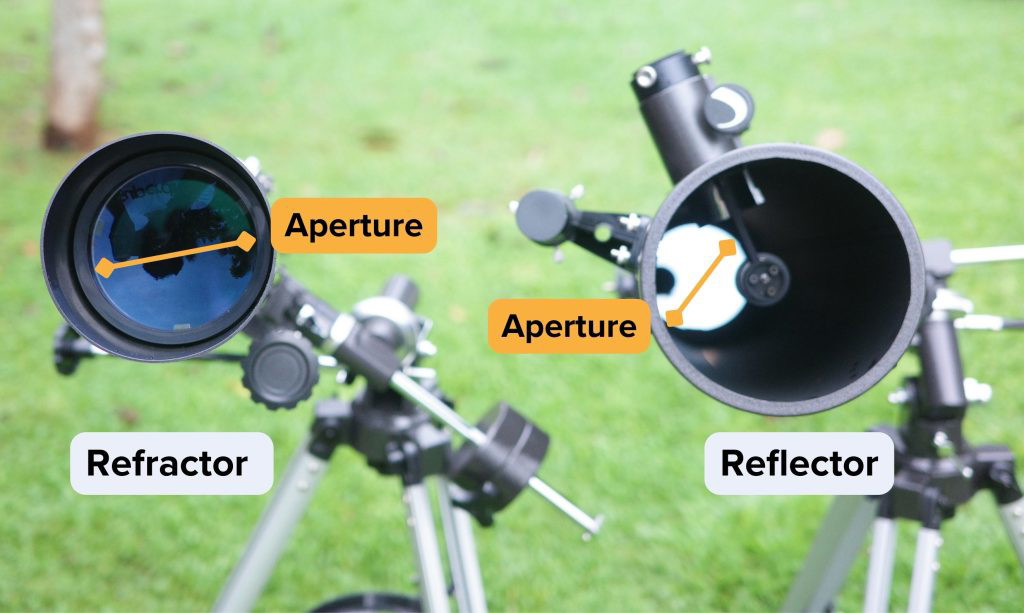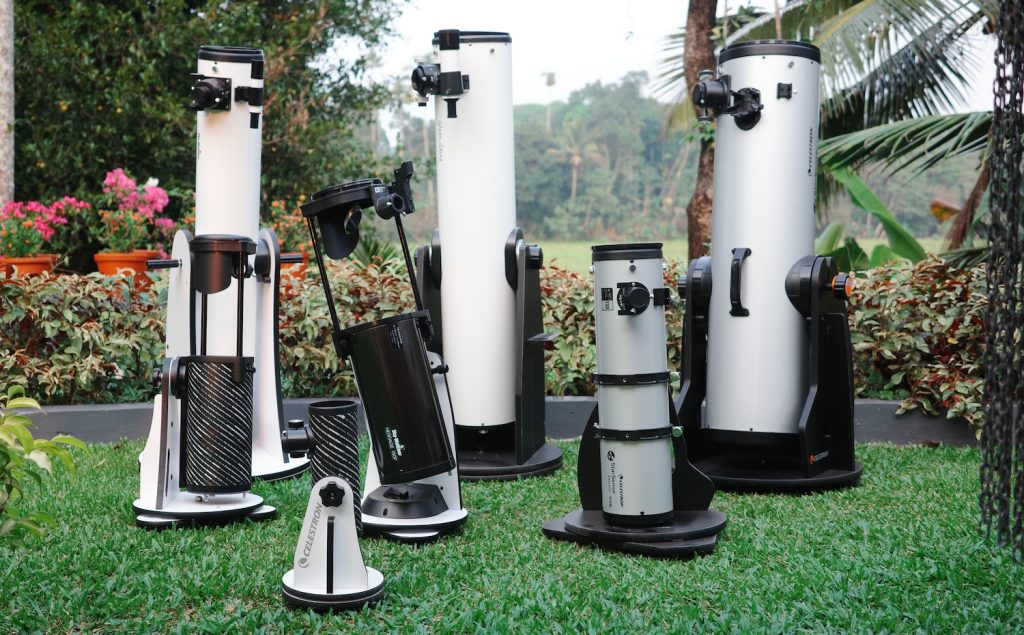Most people come into the world of astronomy with completely unrealistic or misinformed expectations of what a telescope looks like, does, and also how capable it should be for a consumer price (i.e., a few hundred to a few thousand US dollars/euros at most). I’ve many times noticed manufacturers and vendors cash in on consumers’ lack of knowledge about what a telescope can or should do more than anything else.
You May Not Be in the Wrong, But Your Bad Telescope Might Be
If you’ve used a low-quality telescope on a tripod, often termed “hobby killers,” you’ve probably dealt with the frustrating experience of trying to aim it at anything or get it focused on the Moon. At best, you might have seen a shaky, fuzzy view. At worst, nothing at all.
Unfortunately, the first conclusions made by many people when they can’t get a nice view out of their low-quality telescope is just be that:
- “I’m lacking in some sort of “smarts” or knowledge needed to use it and astronomy isn’t for me.”
- “A good telescope must cost as much as a nice car or something like that. That is clearly why these instruments are not worth the trouble.”
This offloading of the blame away from the telescope’s flaws and onto the user in the form of their own perceived intellectual or financial inadequacy drives a lot of people away from astronomy. It’s always heartbreaking for me to witness this.
Thankfully, those disappointing assumptions couldn’t be further from the truth.
Don’t Look for the “Looks”

Even just what you expect a telescope to look like can easily lead you to buy a bad telescope, or at least one that isn’t the right fit.
Refractors—those spyglass-looking straight and narrow cylinders with a lens at the front and an eyepiece at the back—are the least economical telescopes there are, especially for beginners. But I’ve seen people being far more inclined to buy one simply because it “looks like a telescope.”

It’s easy to contrast these elegant-looking refractors to the squat, cannon-like assemblies of most Dobsonian telescopes or the stubby barrels of catadioptrics like a Maksutov- or Schmidt-Cassegrain. Sure, these telescopes don’t prioritize form over function as much, but why would you ever want to do such a thing with a scientific instrument?
For visual observation, I almost always recommend a dobsonian.
Is There a Fair Price for Telescopes?
The bulk of the telescopes we recommend to beginner stargazers fall in a price range of around $200 to $2000 and there are some low-cost telescopes in the $100-$200 price range that are plenty good.
And that’s ignoring the possibility of finding a used scope or joining your local astronomy club. Your local astronomy club almost certainly has loaner telescopes available, or perhaps members are looking to unload their/the club’s equipment for a low price or outright for free.
You can also get decent 7×50 or 10×50 binoculars that will show you the moons of Jupiter, star clusters, nearby galaxies, and nebulae for under $50.
A telescope’s actual light-collecting and resolving power scales directly with the aperture, which is the diameter of the primary mirror or lens that helps form images on telescopes.

Dobsonians are the cheapest option for a given aperture and they are generally the telescopes I most recommend.

When it comes to Dobsonians, $100-$200 buys you a 4” aperture tabletop telescope. $200-$500 buys you a 5-6” aperture, $500-$1000 buys you an 8-10” telescope. A budget over $1000 can get you a monster 12” Dobsonian telescope.
But there’s no “right amount” of money to spend on your first telescope as long as you have at least $100. In any case, you might want to own more than one telescope since a larger one is more time-consuming to move around and set up for a night of viewing—I certainly do!
Many of the smaller and more affordable telescopes we recommend to beginners, such as tabletop Dobsonians, Maksutov-Cassegrains, and small refractors, make an ideal “grab n’ go” complement to a larger instrument, as they can be picked up with one hand and set up at a moment’s notice for a quick look at something.

Looking to buy following the strategy mentioned of having one decent sized one to go (or transport just occasionally) and a smaller one to take easy/more often.
For the former, thinking about an Apertura AD8.
Flr the latter, maybe an Orion Skyscanner 100 or Zhummel 100 or any similar taetop dobsonian up to 130mm?
What do you think?